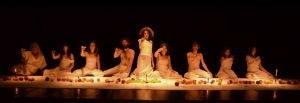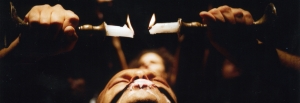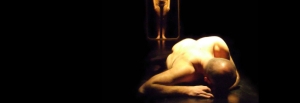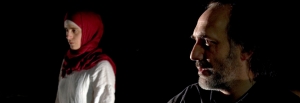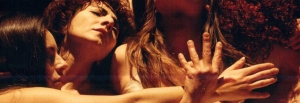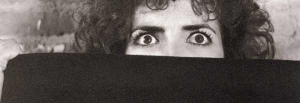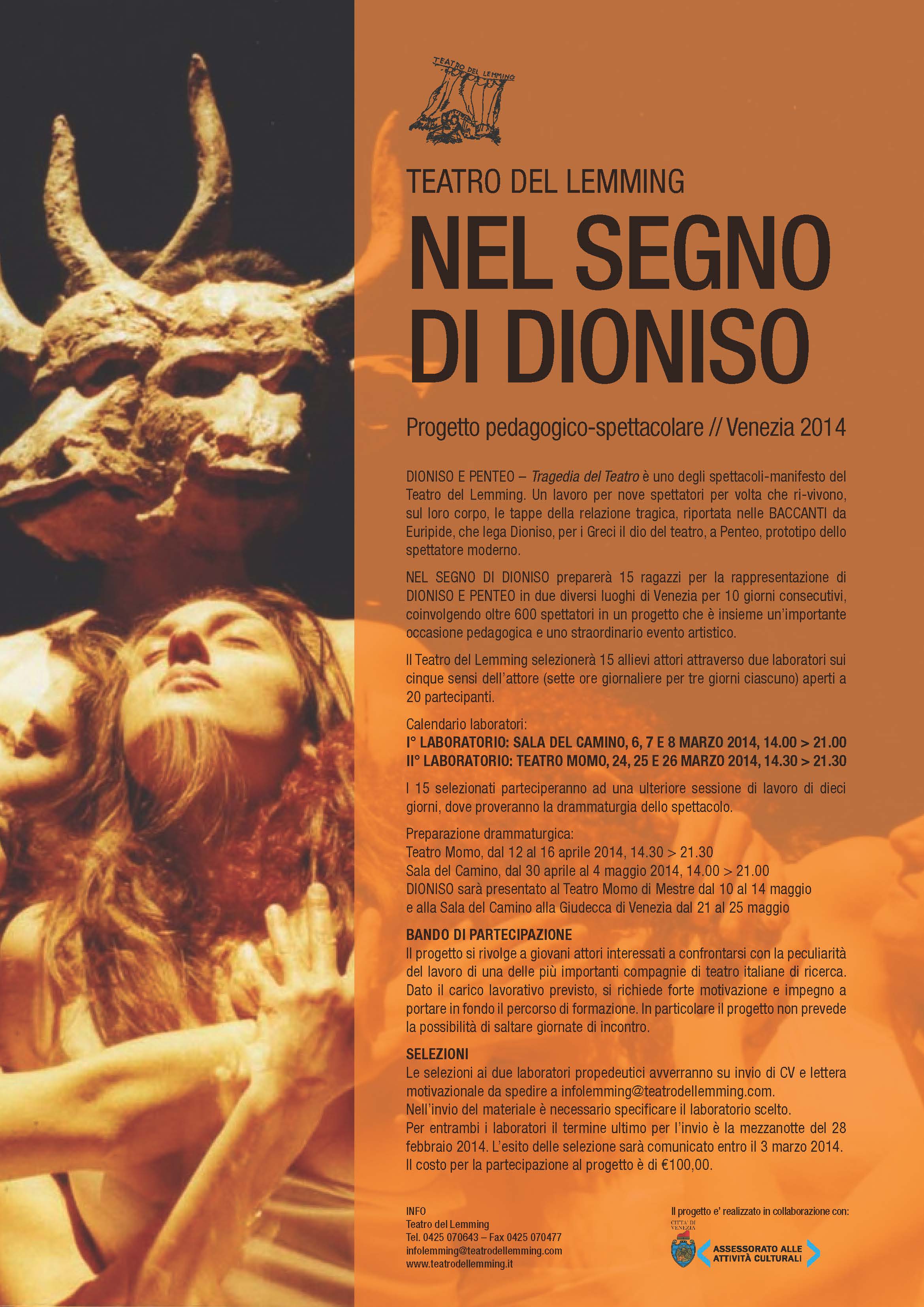Teatro del Lemming was born in Rovigo in 1987.
The first year of activity bring out the group as one of the emergent realities of the new Italian scene.
In 1990 the group recieves the Totola Prize for the best direction with La città chiusa, the director Gianfranco De Bosio acts as chairman of the jury. In 1996 the group win the Giuseppe Bartolucci Prize from a jury presided by the reviewer Franco Quadri.
At the end of 90’s , the Lemming realizes a Teatralogy on the myth and spectator, formed by the works: EDIPO-sense’s tragedy for one spectator (1997), DIONISO-theatre tragedy (1998), AMORE EPSICHE-a tale for two spectators (1999), ODISSEO-travel in theatre and, as post-faction to this project, A COLONO-wishing ritual for only one spectator (2001), L’ODISSEA DEI BAMBINI-travel in theatre for 20 children of all ages (2003).
These works represent a development, that take the group into a fresh and exiting characterized by direct, sensorial and dramaturgic involvement of spectators.
The absolute innovation of radical and physical relation and the unusual use of theatre space, point out Lemming theatre as a sole reality in the Italian theatre background. To these work were given hospitality by the most important Italian festivals (Santarcangelo, Volterra, Armunia, Polverigi, Drosdera, Crisalide,ecc.) and theatre (Teatro Valle and Quirino in Rome, Teatro dell’arte and Franco Parenti in Milan, Gobetti in Turin, Teatro della Tosse in Genova, ecc.) In 2000 Lemming is called in Marsiglia at the Italo-France days promoted by ETI and ONDA as represented of Italian theatre.
In 2001 Franco Vazzoler , teacher of theatral Italian literature at Genova University, and Marco Berisso write a monograph titled Teatro del Lemming, published by edition Zona, Genova.
In that years there are a lot of reviews on the group: from the first page of LA STAMPA, to LA REPUBBLICA, IL CORRIERE DELLA SERA, IL SOLE 24 ORE, IL MESSAGGERO, IL TEMPO, IL MATTINO, ecc, and also Radio1, Radio2, Radio3; articles about Lemming are presented also in magazines as L’ESPRESSO, PANORAMA, VIAGGI or D DI REPUBBLICA, ROLLING STONES, ecc.
In 2006 Lemming, after four years of hard work, finished a spectacle on Dante’s Divina Commedia, that the group called NEKYIA-sea journey by night. Hell, Purgatory, Paradise. On October 2011 the first part of Nekyia, HELL, was performed at the Festival Internacional de Teatro de Ourense (FITO).
This project represent a theatrical practice’s synthesis, the only one in Italy, except for a big number of imitators, that placed the spectators in the centre of a physical and sensorial involvement that gives him strongest emotional upsetting.
At the same time, with this work is opened a new research stage that is going to think the relation between actors and spectators, not more for the single spectator, but in direction of a ramow community. This new research has produced on 2009 the work Antigone, that has debut at the Biennale of Venice.
In 2010, Teatro del Lemming debuts with the production AMLETO, first part of a Shakespeare's trilogy. Amleto is a reflection over the relation between the individual (Hamlet) and power (the danish court). Amleto has beeing selected to partecipate to the Gdansk Shakespeare Festival in summer 2012 and to the Sarajevo Winter Festival on February 2013 (winner of the award as best theatrical production).
In 2011 Teatro del Lemming was kept busy by the pedagogic- spectacular project “L'Edipo dei Mille” realized in collaboration with University Ca' Foscari of Venice, Foundation of Venice and Comune of Venice.
In 2013 Teatro del Lemming has realized two different productions: Sogno dentro sogno, an original chamber opera for 7 instruments, 4 voices and 7 actors; and Juliet and Romeo. Letters from the liquid world, second part of a Shakespeare Trilogy, where Romeo and Juliet's myth takes place in the background of Bauman's liquid society.
"Lemming Theatre is a pedagogic theater, as all the big twentieth-century theater from Artaud to Brecht and over. A theater who reflects on himself. An actor’s and spectator’s pedagogy at the same time. And just from this pedagogic dimension derives the choice of a show for a few(...). “Who is the audience?” asked Savinio; and answered “Is everybody and nobody”. The theatral pedagogy of this experience (...)aims to the abolition of this anonymity. (...) In this there is no intention of an avant-gardistic provocation or elitism. (...) At the end, infact, spectators’ and actors’ roles aren’t denied, but, on the contrary, they are the centre of this dramaturgy: costantly under discussion, maybe on crisis, but never confused. So, what is assert, it’s first of all the dramaturgic rigour. Provocation is in things; is just the typical custom of passivity in theaters that gives a sense of provocation at this theater, which is, in his characteristic relation beetween actors and spectators, a theatre of disponibility, of width and of confrontation."
Franco Vazzoler, teacher of History of Italian theatral history at Genova University, in Teatro del Lemming Editor Zona, Genova, 2001

